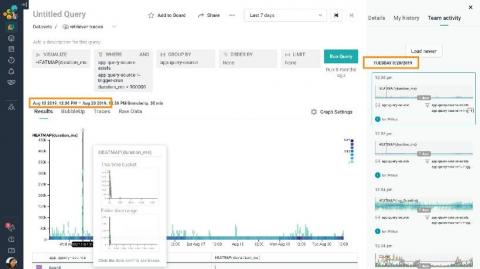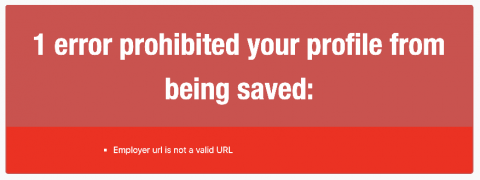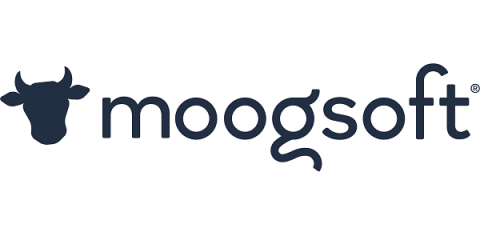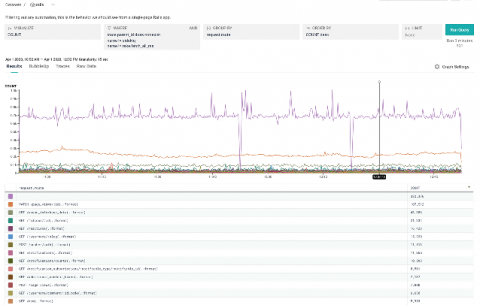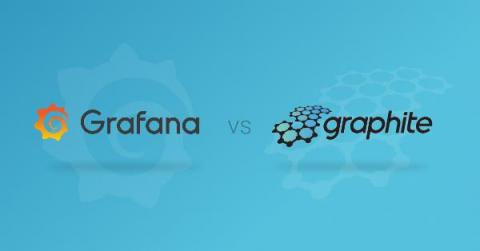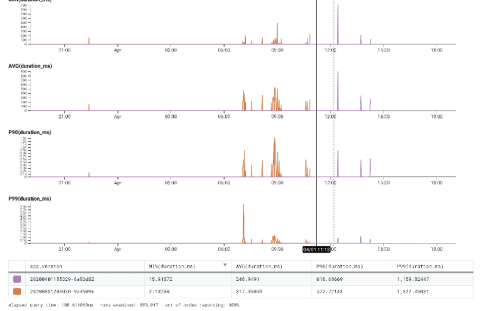How Efficiency Depends on Observability
If you hadn't heard the term “this is the new normal” yet today, then you haven't been listening. While right now is not normal, current events have us all wondering how the work environment is going to change once we get there. There are a few things that we can expect: Having pipelines and applications that are observable is key to all of this.



